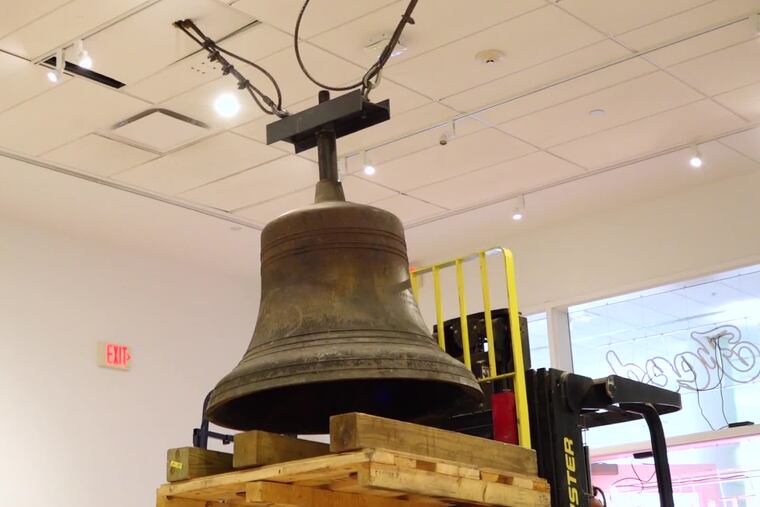Temple Contemporary resurrects the silent bell of the great Stetson fire of 1980
The Stetson bell has been pulled from obscurity at the Philadelphia History Museum warehouse and hung in the Temple Contemporary gallery. And it is ringing for the first time in decades.
